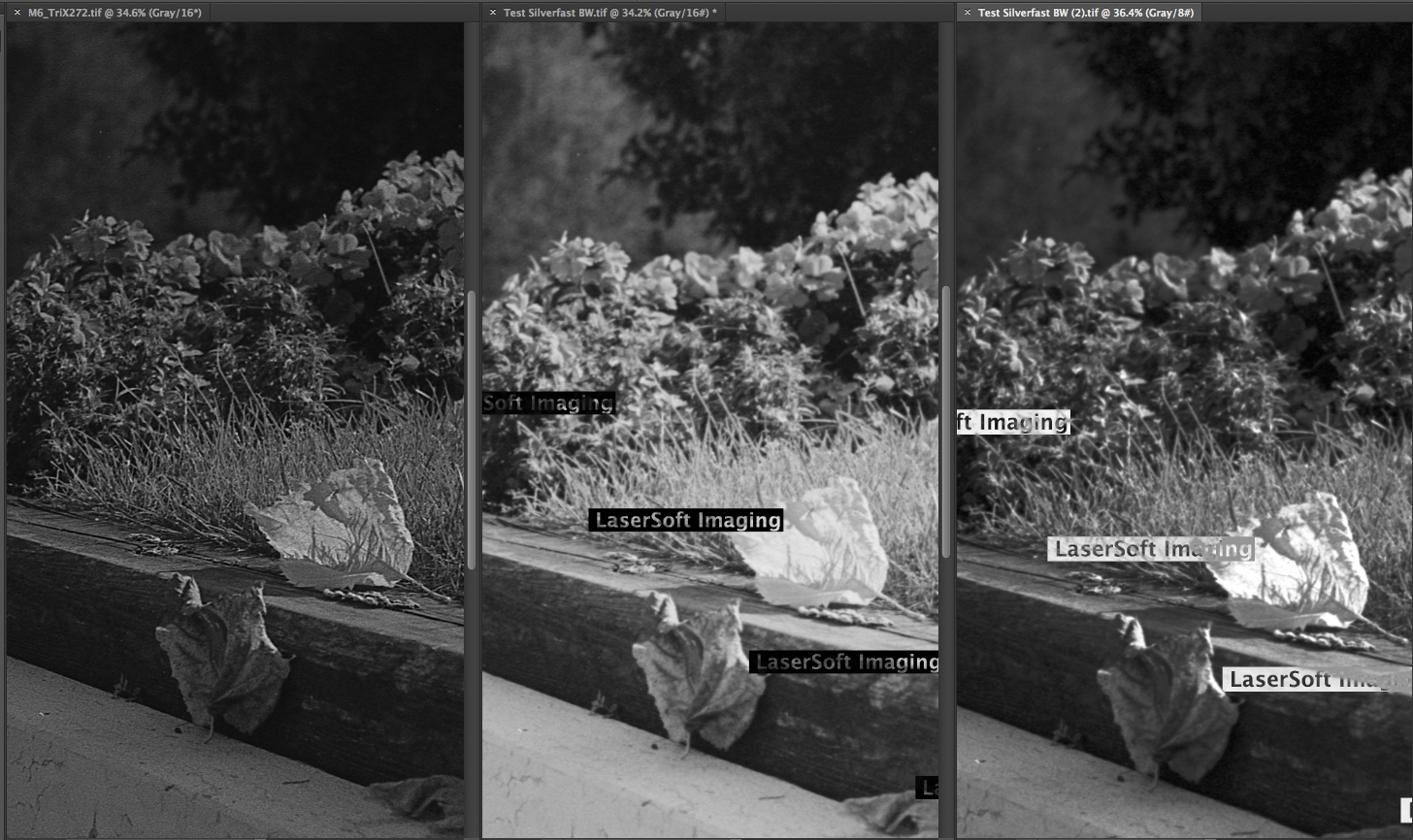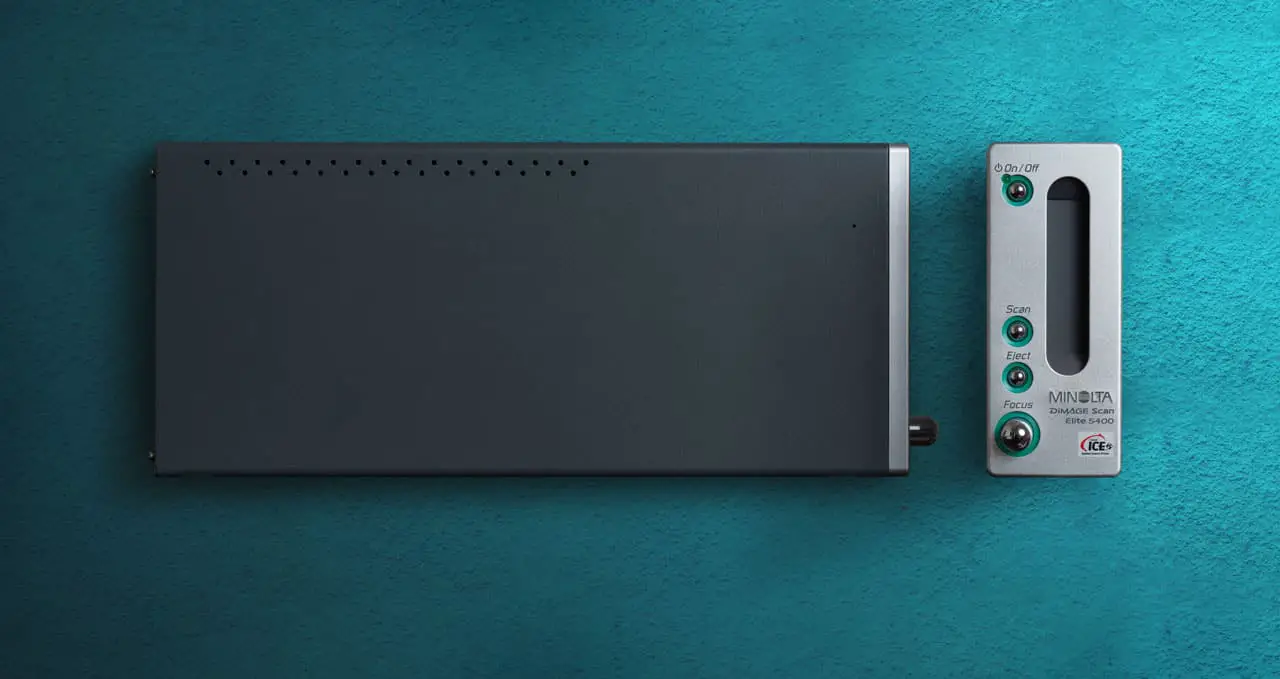

Nikon had altered the metadata in the header to make them not appear to be valid. It occurred to me that Nikon Scan installs a bunch of profiles for the scanner but they don’t show up in Photoshop or other imaging applications. People that do this stuff professionally buy HutchColor targets for $500. And even the accurate ones did weird things with some tones because of the limited coverage of tones on an IT8 target. The “universal” ones (curve or shaper profiles) were noticeably less accurate. The problem is that the good ones are limited in scope to the brightness range of the slide (cLUT profiles). Don’t get me wrong, I got some good ones. Without any input profile there was no reference for the RGB primaries on my scan (my scan being a straight unmodified linear gamma 1.0 scan as is recommended for ColorPerfect).Īllow me to save you the large amount of time I wasted using my collection of Wolfe Faust IT8 targets (excellent value for money, BTW) and my copy of Rough Profiler trying out every imaginable parameter and emulsion in search of a good input profile. The purpose of the Camera Calibration module is to allow you to shift the hue of the RGB primaries. It was only when I realised that I could fix it with Lightroom’s “Camera Calibration” module that I started to suspect what was really going on. This, even whilst my neutrals were neutral and a good greyscale was possible. Things I knew were fire engine red were coming up a sort of maroon orangey-red colour. I had a large set of rolls of the same emulsion taken in the same camera on the same trip and I was having my usual problem: Red.

One thing you still may find, however, is an inability to get the colours right. This method will enforce the exact same settings for white point, black point, colour balance and contrast without recalculating. Hit Previous to restore artistic settingsĬ. In the example screenshot we have saved a CC Master bank called “UK Reala”.Ī. This involves getting the image looking as you want it in ColorPerfect and then goind to CC Master, choosing a slot in the list, typing a new name, hitting “Insert” and then clicking OK. Store the settings for the calibration frame (this should be a frame with a good range of tones from bright to dark and with something colour neutral to colour balance with in it) with all boxes ticked for carryover in a named slot in CC Master. All good things to have but if we want consistency we will need to lock it down.
#VUESCAN IT8 TARGET SOFTWARE#
The imaging science is sound but the software is set to do some automatic calculations as to white and black points and overall white balance on each new frame. ColorPerfect is still not a fully determinate system. Invert using ColorPerfect’s ColorNeg mode using an appropriate film setting
#VUESCAN IT8 TARGET MANUAL#
Set a manual exposure and scan as positive (equalising the three colour channels if possible)ģ. Turn off any auto or colour correction settings in your scanning softwareĢ. The first few steps are covered in my previous scanning tutorials:ġ. If we want to get ahold of this wet bar of soap called colour negative film we need to start nailing it down. Feel like giving up? That’s what everybody else does. And whilst there are many solutions for making custom IT8 profiles for your scanner for various slide film emulsions there is nothing similar for negative film. Are any of these workflows truly deterministic or consistent? No. Vuescan do a thing they call profiling negative film that involves a few steps. Silverfast has scanning software with so-called “profiles” for various historic emulsions. The same questions wouldn’t leave me alone. And all those guys in Hollywood seem more than capable of getting consistent colour from frame to frame and reel to reel when they shoot colour negative film.įear not, gentle reader. Not happy with all-over-the-map colour from negative film scans? If you have not already familiarised yourself with my introduction to scanning colour negative film I am more than happy to wait until you have read Scanning Colour Negative Film 101, Scanning Colour Negative Film 102 and Scanning Colour Negative Film 103?ĭo you feel a little let down so far? Were you hoping there might be some way that the whole process could be a little less - well, arbitrary? I mean, Kodak and Fuji pour millions of dollars and yen into making that film capable of good colour accuracy. Consistent Colour For Negative Film Scans


 0 kommentar(er)
0 kommentar(er)
